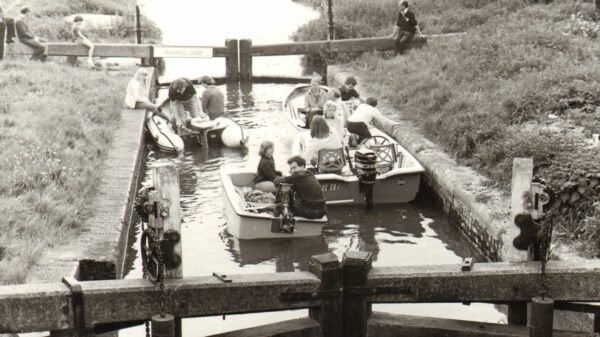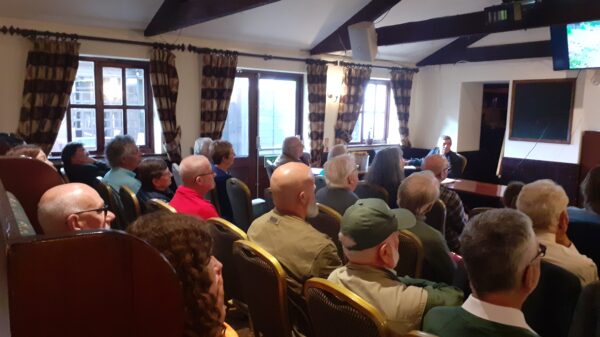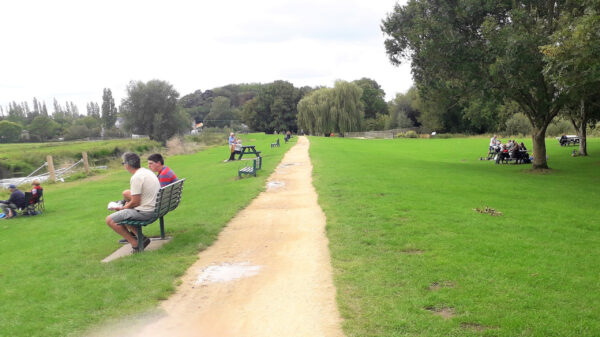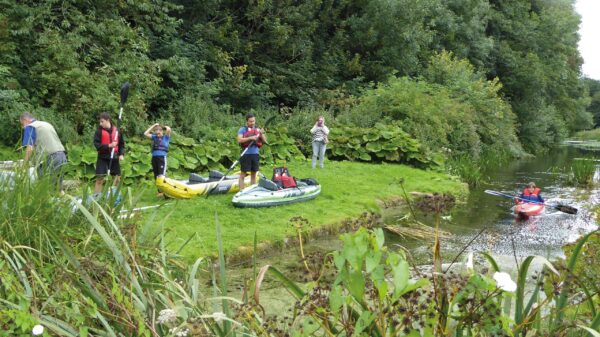From Tiverton to Somerset
Originally envisaged as a grand scheme to connect Bristol and Exeter, only the section between Tiverton and Taunton was built – part as a broad canal and part as tub boat canal. Taunton was subsequently linked to the Bristol Channel via the Bridgwater & Taunton Canal, but the planned link to Topsham on the Exeter Canal was never built.
The original planned connection between Bridgwater and Topsham was never realised. The Devon summit section was completed in 1814 and recently celebrated its bicentenary. Construction of the broad canal began in 1810 and was completed in 1814. It was a further 20 years before the isolated waterway was finally linked with Taunton with a smaller tub-boat canal using a series of innovative vertical lifts plus an inclined plane to conserve water. However, traffic was insufficient to maintain the lifts and this Somerset length closed in 1868. The best-preserved remains of what are thought to be the first commercial boat lifts in the world can be seen from a public footpath at Nynehead, near Wellington. The Devon Summit remained open, eventually falling into railway hands before passing on to British Waterways and then sold to Devon County Council in 1971.
On 21st November 2012, The Grand Western Canal suffered a serious breach at the Swing embankment which rises nearly 60 feet from surrounding fields at Halberton. Following the breach, Devon County Council pledged £3million to repair, restore and modernise this part of the Grand Western Canal. It was repaired and reopened in March 2014 and IWA held its National Trailboat Festival on the Canal that year, which formed the main celebration of the Grand Western Canal’s bicentenary year.
[Photo: The trip boat in the Canal Basin at Tiverton – by Mark Gliddon]





